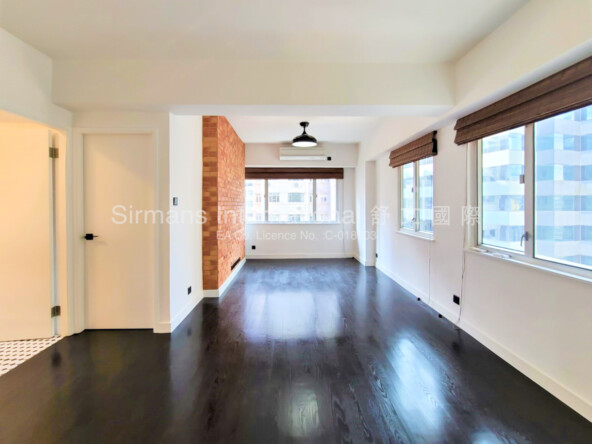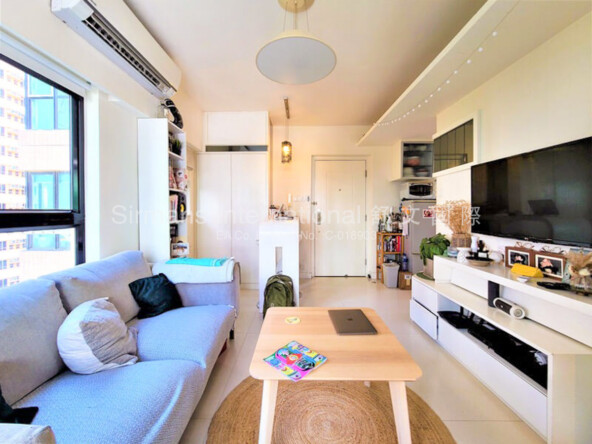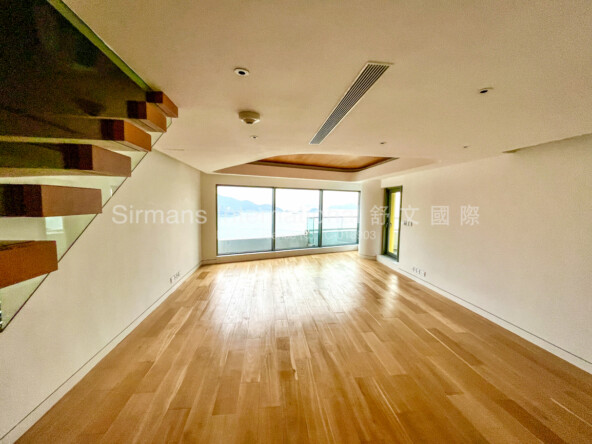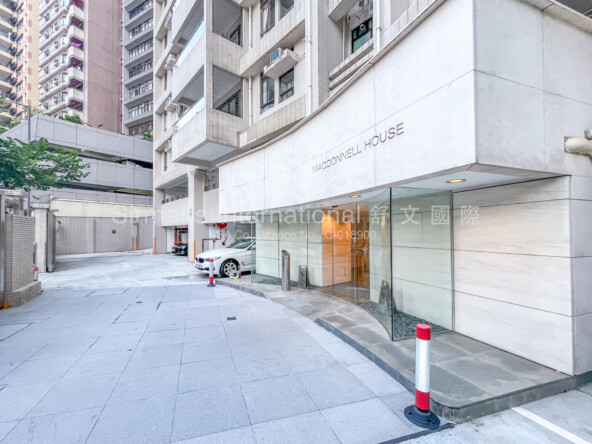Why Sirmans?
Our History
Back to 2003, a young team established their own residential real estate agency named “Sirmans International Ltd” in a tiny office on the western side of Hong Kong Island. The rest is history. Sirmans has been helping countless buyers and sellers realise the dreams ever since.
Our Experience
We have experienced every type of Sale / Purchase / Rent / Leasing Management around, including all the problems that can go with them. What’s more, needless to say, luxury residential is our major focus. Meanwhile, commercial. retail shop, industrial and investment project and even oversea property like Tokyo luxury residential, we are confident of offering high quality service regarding all real estate matters.
Our Promise
Sirmans agents is not just door openers or key keeper and please feel free to ask them as many as questions as possible. We promise that our professionals can learn your likes and dislikes quickly via interaction and conversation. They are much more than just an agent. They are experts on the market.
Our Approach
Backed up by a team of innovative, young and creative technology professional, Sirmans as a boutique agency working in niche market, are passionate about what we do, putting a little bit love and a personal touch in every task.
Our Value
Internet is popular nowadays but cannot replace the searching power of Sirmans agents. High quality properties are always available but not actively advertised. A well-informed realtor have access to even more listings and can help you find those hidden gems. In short, Sirmans agents have turbocharged searching power.










